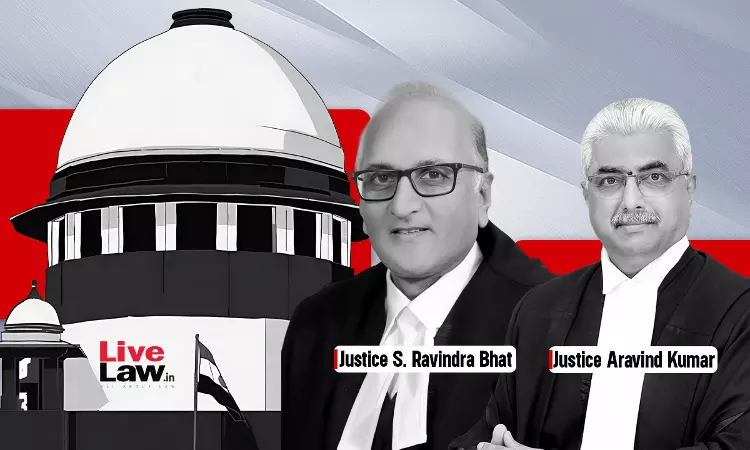The Supreme Court of India on Monday reiterated the guidelines laid down by the top court for arrest under Section 498A of the Indian Penal Code, 1860 and for other offences punishable by a maximum jail term of seven years in its 2014 Arnesh Kumar judgement. Not only this, a bench of Justices S Ravindra Bhat and Aravind Kumar has also directed high courts and police chiefs to...

